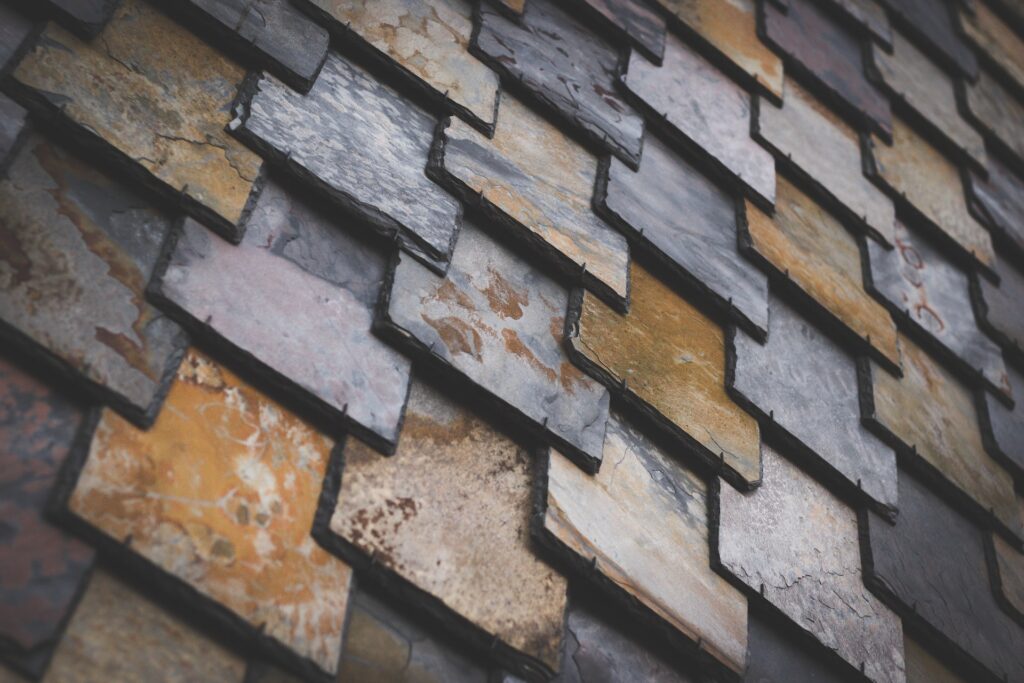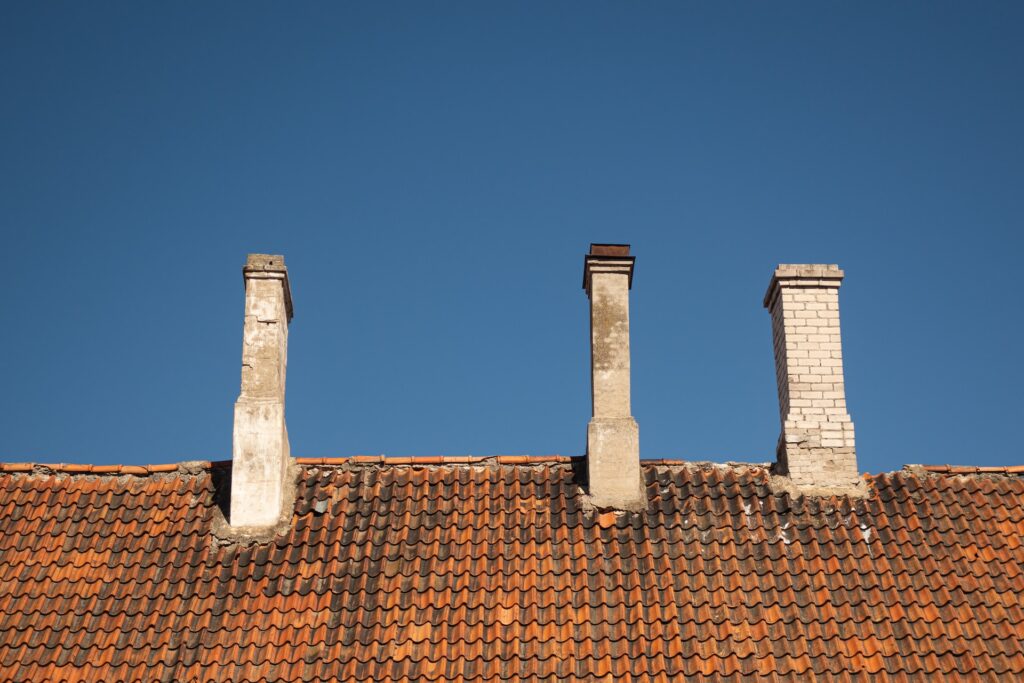When To Get A Roofing Inspection
If you have experienced a storm or have noticed damage to your roof in the past, it is time for a roofing inspection. The inspector will look for signs of leaks and damaged shingles, as well as loose granules. They may use washable chalk to circle problematic areas. In addition to looking for damage, the inspector will check the structural integrity of gutters and all “joints” of the roof. In addition, they will evaluate insulation and ventilation, two components that play a vital role in the longevity of a roof. There are many reliable roofers in Glasgow to choose from:
Getting A Roof Inspection After A Storm
If your roof has suffered storm damage, getting an inspection is critical to assessing the damage. While storm damage is often confined to the roof, it can affect your home’s exterior. Look for dents, loose limbs, and damaged siding. These are all signs that water may have entered the roof and impacted the roof’s supports.

Damaged Shingles
Having damaged shingles can be a sign that your roof needs to be repaired. Broken shingles are ugly and a potential leak waiting to happen. You can hire a roofer to carry out this work. If the damaged shingles are loose, they can use a pry bar to loosen the tabs and nail exposure. Then, remove the damaged shingles.
Mould Growth
Mould growth can be a problem on your roof and can be visually unappealing. It can also negatively affect your health and the structural integrity of your home. Mould is not only an irritant, but it can also produce toxins that can be harmful to your family’s health.
Shifting Of The Roof
There are several signs that your roof needs repair. You should keep a close eye on your roof for signs such as shifting or cracking. If you notice watermarks or mould, this may be a sign of a roof leak. Also, look for stains inside the attic, which may indicate water leaks.

Leaking
A leaky roof can cause a variety of problems. It can happen anywhere on your roof, from the attic to the chimney. You need to investigate the leak to see where it’s coming from. To do this, place a ladder under the attic access door and inspect the area with a flashlight and gloves. Look for water stains on the ceiling drywall and follow them up the roof to find the source of the leak. If you find a wet patch, check the underside of the roof as well. Often, leaks start high and move downward.
Attic Infestation
If you notice dark spots on the ceiling of your attic, there may be a problem with your roof. Mould likes moist, dark places. It also thrives on drywall and wood surfaces. If you notice mould growth, contact a roof repair company.
If you find signs of animal activity in the attic, you may need to have your roof repaired. During the winter, animals seek warm secluded areas to shelter. The attic is an ideal place for them. However, they can damage your home if they get in.

Patricia writes about trends, practical tips, and industry updates, offering clear and accessible information for all audiences.

